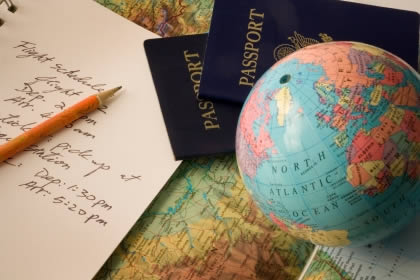The Northern Lights
Aurora Borealis
The Northern Lights, also know as aurora borealis, is undoubtedly one of the most spectacular natural displays on the planet.
While the aurora is actually active during the entire year, it’s only visible when the Alaskan sky is dark enough, which is from late August to early April. Traditionally, September, October, March and April have provided the most brilliant displays. The farther north you go, the better the light displays will be.
This being the case, many Anchorage residents make the 360 mile trek every year north to Fairbanks, where longer winter nights provide stellar and colorful displays.
So what does it look like? The Northern Lights can manifest in a number of enthralling and colorful ways. Simply, the Aurora is a bright glow in the nighttime sky. Sometimes it looks like colorful smoky trails of lights, and other times it resembles a rainbow geyser that has erupted in the sky. The name Aurora Borealis has Greek origins; Aurora was the Roman goddess of dawn, and Borealis was the Greek name for “north wind.” There are many legends and stories which surround Aurora Borealis, some of which continue today as the Aurora is still not entirely understood. Some have described the display as enthralling and magical, others have described it as unearthly and spooky.
During the peak time for the Northern Lights, tourists can sign up for package tours in places like the Yukon which will provide good deals on additional activities such as dog mushing, snowmobiling, ice fishing and snowshoeing. It’s important to learn about The Northern Lights and to carefully plan your trip if you want to see the best display possible. For example, it has been noticed that following two days of bright sunshine, the auroras become much brighter and visible.
